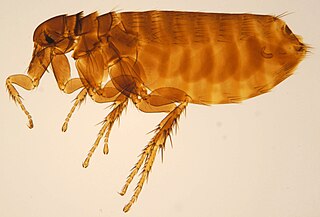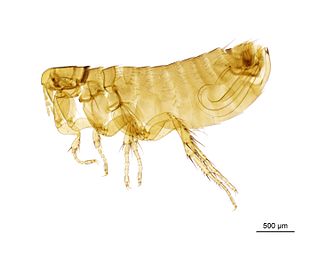
Muzquizopteryx is a genus of nyctosaurid pterodactyloid pterosaur from the Late Cretaceous period of what is now Coahuila, Mexico.
Juniperus coahuilensis, commonly known as redberry juniper, is a species of conifer in the family Cupressaceae.

Juniperus pinchotii, commonly known as Pinchot juniper or redberry juniper, is a species of juniper native to south-western North America, in Mexico: Nuevo León and Coahuila, and in the United States: south-eastern New Mexico, central Texas, and western Oklahoma.
Quercus coahuilensis is a species of plant in the family Fagaceae. It is endemic to the Mexican state of Coahuila.

Velafrons is a genus of lambeosaurine hadrosaurid dinosaur from the Late Cretaceous of Mexico. It is known from a mostly complete skull and partial skeleton of a juvenile individual, with a bony crest on the forehead. Its fossils were found in the late Campanian-age Cerro del Pueblo Formation, near Rincon Colorado, Coahuila, Mexico. The type specimen is CPC-59, and the type species is V. coahuilensis.

Isopogon ceratophyllus, commonly known as the horny cone-bush or wild Irishman, is a plant of the family Proteaceae that is endemic to the coast in Victoria, South Australia and on the Furneaux Group of islands in Tasmania. It is a small woody shrub that grows to 100 cm high with prickly foliage. It is extremely sensitive to dieback from the pathogen Phytophthora cinnamomi

Ceratophyllus gallinae, known as the hen flea in Europe or the European chicken flea elsewhere, is an ectoparasite of birds. This flea was first described by the German botanist and entomologist Franz von Paula Schrank in 1803.
Bacillus coahuilensis is a rod-shaped, Gram-positive, motile, spore-forming bacterium. This species was isolated from water samples taken from a highly saline desert lagoon in Coahuila, Mexico.

Ceratophyllus is a widespread genus of fleas found in temperate climates. Some of its members include the chicken flea, Ceratophyllus gallinae, and the poultry flea, Ceratophyllus niger.
Ceratophyllus adustus is a species of flea in the family Ceratophyllidae. It was described by Karl Jordan in 1932.
Ceratophyllus affinis is a species of flea in the family Ceratophyllidae. It was described by Nordberg in 1935.
Ceratophyllus breviprojectus is a species of flea in the family Ceratophyllidae. It was described by Liu, Wu and Wu in 1966.

Ceratophyllus columbae is a species of flea in the family Ceratophyllidae. It was described by Gervais in 1844.
Ceratophyllus ciliatus is a species of flea in the family Ceratophyllidae. It was described by Baker in 1904.
Ceratophyllus phrillinae is a species of flea in the family Ceratophyllidae. It was described by Smit in 1976.

Ceratophyllus garei, the duck flea, is a species of flea in the family Ceratophyllidae. It was described by Rothschild in 1902.
Ceratophyllus gilvus is a species of flea in the family Ceratophyllidae. It was described by Karl Jordan and Charles Rothschild in 1922.
Ceratophyllus qinghaiensis is a species of flea in the family Ceratophyllidae. It was described by Guangdeng and Liming in 1985.
Gaillardia coahuilensis, the bandanna daisy, is a North American species of flowering plant in the sunflower family. It is native to northwestern Mexico (Coahuila) and the southwestern United States.
Sabinosuchus is a genus of Mesoeucrocodylian, from the Maastrichtian Escondido Formation of Coahuila, Mexico, with S. coahuilensis as the type species. First described as a putative dyrosaurid by Shiller II et al. (2016), it was tentatively redescribed as a pholidosaurid by Jouve & Jalil (2020).






